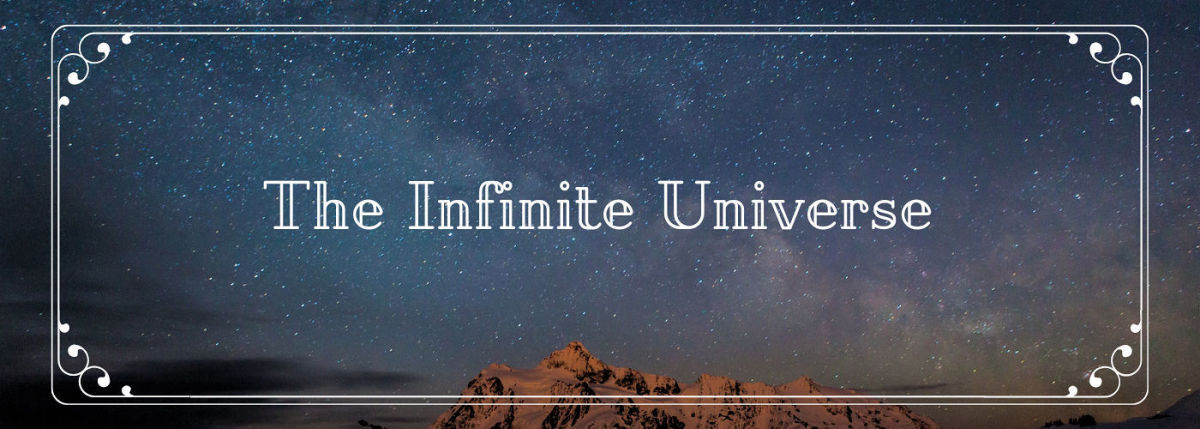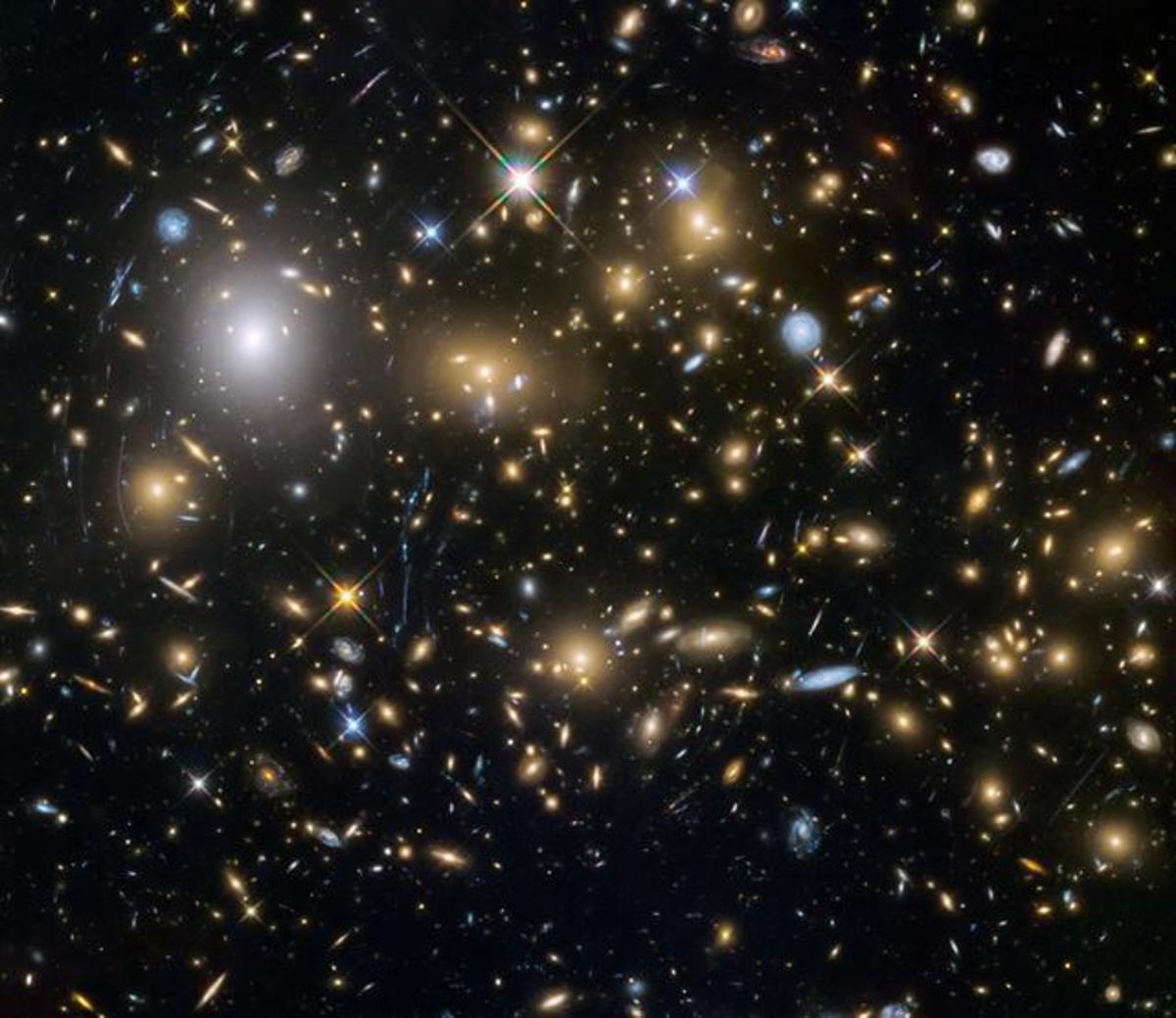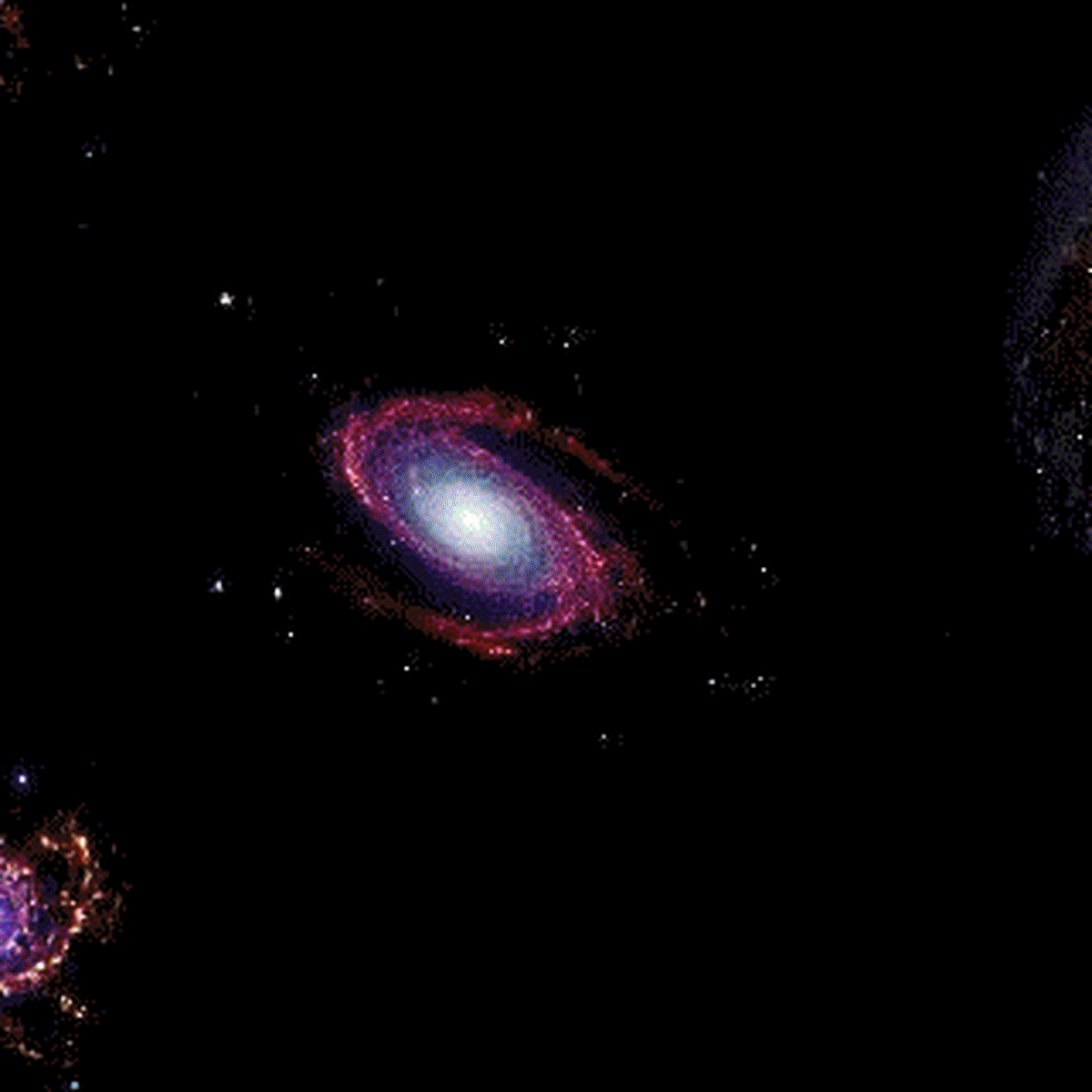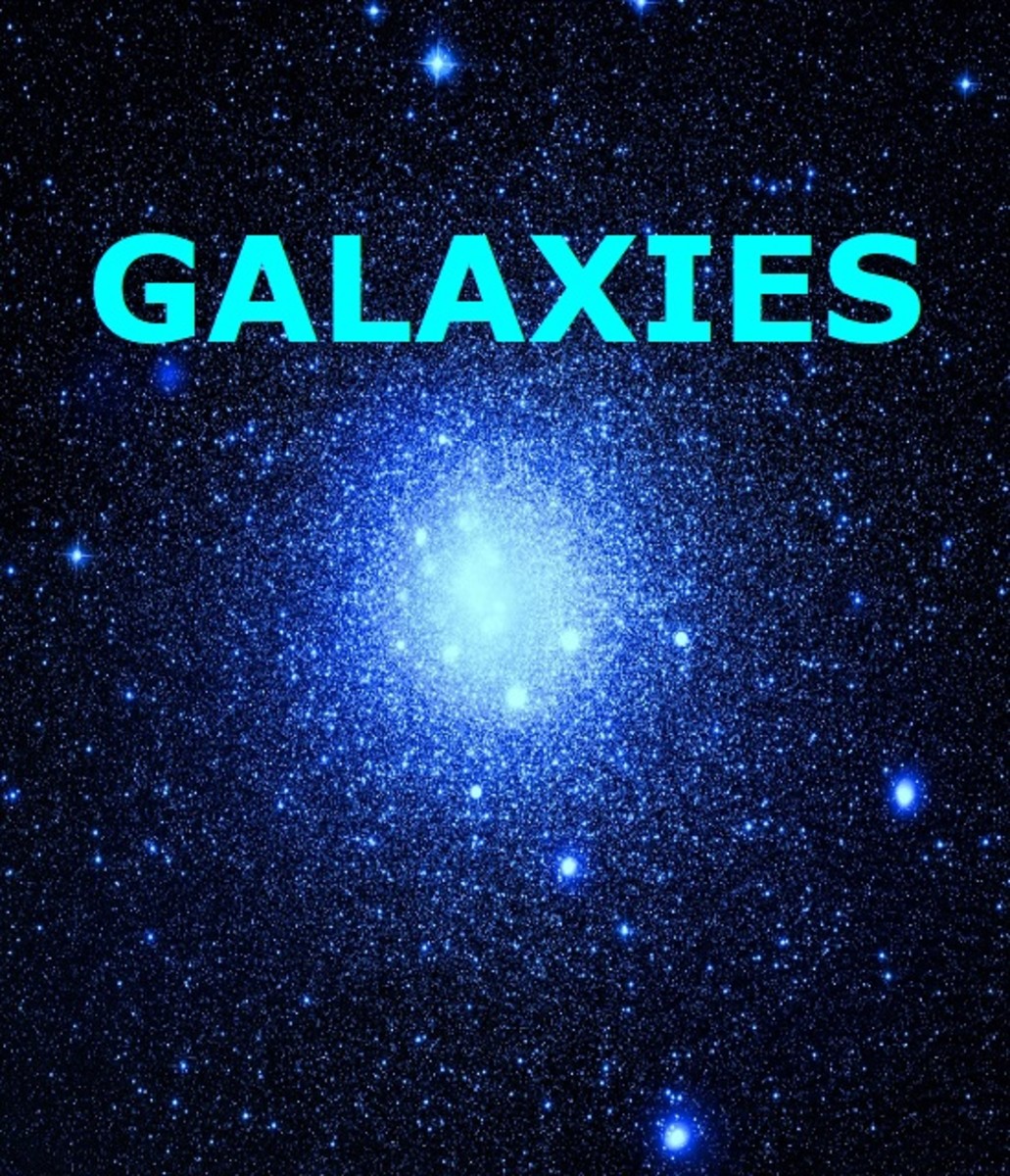Dark Energy and Dark Matter for Dummies Like Me
But we had it all figured out!
I distinctly remember going to school as an elementary school kid, and being told that "everything is made up of atoms." Well, that was just awesome! The universe was such a very simple place, and we (humans) happened to have a pretty good grasp on how everything worked... or so we thought.
As I'm drifting off into Never-Neverland, I often like to imagine what the universe is really made of, and just how very weird it is. I'll often begin with visualizing how big the universe is and what the scale is like, and once I have a grasp on how very full of empty space it is, I start thinking about the spaces that aren't empty.
Evidence for dark matter abounds
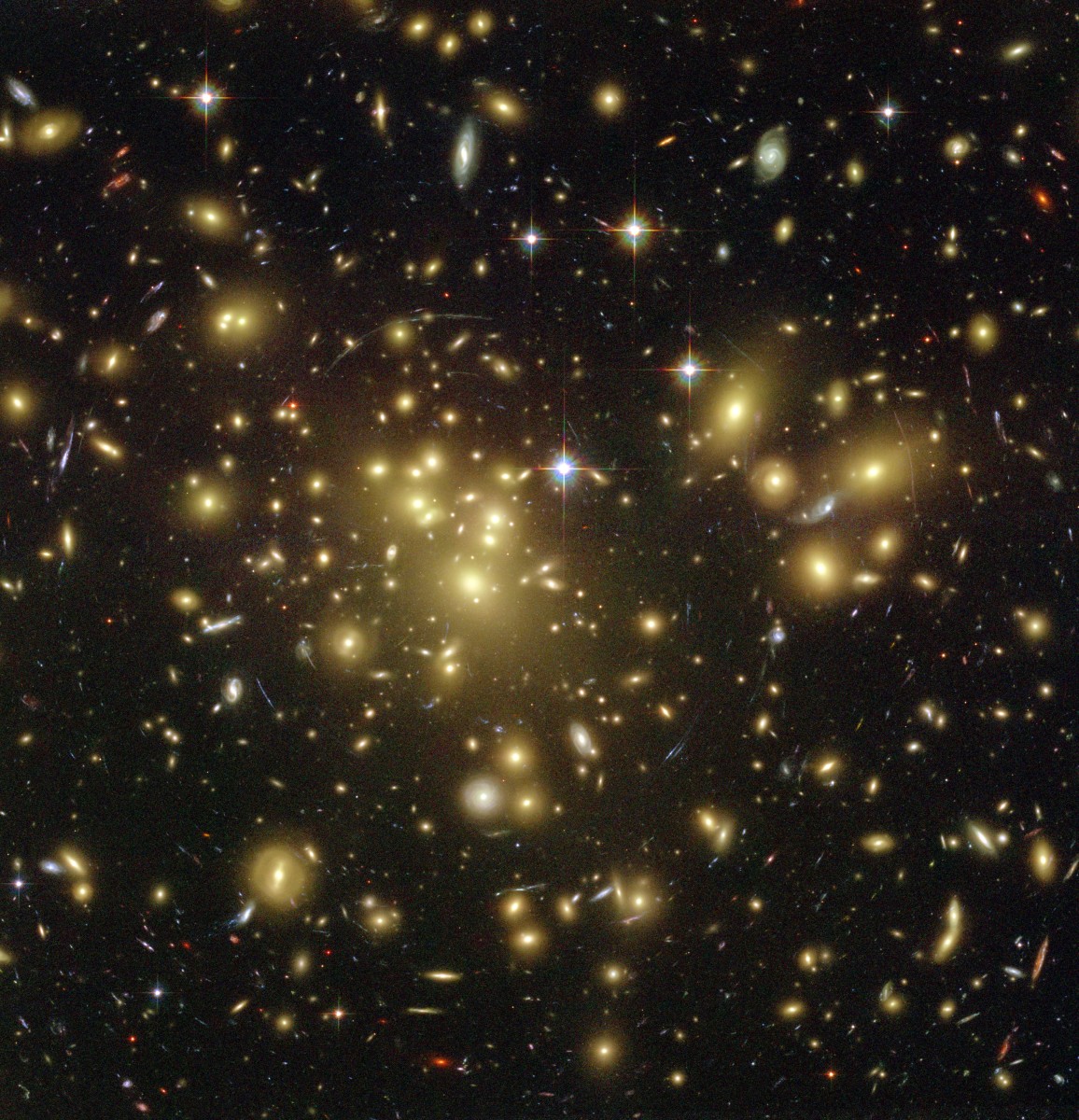
Enter Dark Matter
Everything was hunky-dory in the 1930s after our minds were blown by Edwin Hubble's observations that the universe was expanding, and that there were multiple "island universes" out there (galaxies). The universe was a pretty big place, but the more we studied it, the more we saw that the other galaxies (and everything else we could see or measure) was just like the stuff we knew about on earth! It was just atoms from the periodic table, and subatomic particles (which we kind of figured out as we went, but that's another story).
Almost from the very beginning, though, there was some dissent with this traditional picture of the universe. As far back as 1933, Fritz Zwicky (an awesomely crazy astronomer at Cal Tech) not only suggested that there might be a whole lot of missing matter, but he also coined it "dark matter" (because we couldn't see it.
It wasn't until 40 years later when Vera Rubin put together the idea that galaxy rotation was a problem, and the problem was that there simply wasn't enough matter to account for how rapidly the outer stars were rotating around the dense galactic core. It turns out that we can calculate the amount of dark matter vs the regular matter in the universe, and in fact, that amount is about 85%. That means that only 15% of the matter in the entire universe is stuff we're even remotely familiar with!
But wait, there's more!
Oh, it gets even worse (or better, or more trippy, depending on your perspective). Not only do we only know what 15% of the matter of the universe is, but this so-called "ordinary matter" isn't so ordinary either, as it turns out.
When we look out into the night sky, we can see the moon, stars, and the occasional planet without the aid of a telescope. Even with a telescope, those are the major players, and stars are far and away bigger than planets or moons - many thousands of times bigger, in fact, and in the earth's case, a million times bigger!
Even still, we can sort of understand those burning hydrogen molecules that we can see the effects of every time we look at a star. What we don't necessarily see, though, is the nine times as much nonluminous matter. That's not a typo - there is 9 times as much regular old matter out there that we can't see, mostly in the form of unimaginably voluminous dust clouds. So stars, planets, moons, asteroids, and everything else we're sort of familiar with makes up 1/9th of the stuff we are familiar with - the "ordinary matter" out there, and dark matter makes up more than six times more than all the ordinary matter combined!
This means that the stars, planets, etc make up less than one fiftieth of the total matter in the universe. Yikes!

It doesn't stop here, folks
If it seems weird to you that around a fiftieth of the total matter (mass) of the universe is stuff we're familiar with, get ready to take it to a whole other level. It turns out that the universe is rapidly expanding, and not only that, but that expansion is accelerating. This means that there is no conclusion to draw other than that there is some unseen, unknown force making these galaxies fly apart ever faster (instead of eventually slowing down and contracting due to mutual gravity).
Remember that mass is energy, and energy is mass. Having said that, scientists are able to calculate how much energy has to go into making the universe expand more rapidly. It turns out, it's a lot of energy. In fact, it's more energy than all of the mass in the universe put together! Dark energy makes up about 73% of the total mass-energy of the universe, as you can see from the handy-dandy pie chart.
Constant evolution
Science is beautiful. Ask any self-respecting astrophysicist what they know about the universe, and they're likely to say, "not much!" This sense of curiosity and wonder is best epitomized by the immortal words of Carl Sagan:
"The surface of the earth is the shore of the cosmic ocean. On this shore we've learned most of what we know. Recently we've waded a little way out, maybe ankle-deep, and the water seems inviting."
Indeed, we are just barely beginning to scratch the surface of this wild, amazing universe. I, for one, will sleep better with this amazing sense of wonder.


